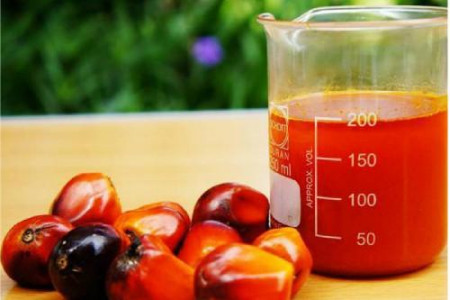(Business in Cameroon) – In 2023, Côte d’Ivoire emerged as Cameroon’s leading African supplier, according to the latest foreign trade report published by the National Institute of Statistics (INS). The country captured 15.9% of the Cameroonian market by supplying 84,369 tons of goods worth nearly CFA76 billion.
The INS report highlights that Côte d’Ivoire owes its position to two main products: crude palm oil and fuels, including lubricants. These products together accounted for 65% of the total value of Ivorian exports to Cameroon in 2023.
Specifically, Côte d’Ivoire exported 39,327 tons of crude palm oil to Cameroon in 2023, generating CFA27.2 billion in revenue. This amount represents 36% of the total value of Ivorian exports to Cameroon, as noted in the INS report.
For fuels and lubricants, exports from Côte d’Ivoire reached 32,461 tons in 2023, valued at CFA22.1 billion. These products made up 29% of the total value of Ivorian exports to Cameroon, placing them just behind palm oil.
Growing Production Deficit
Demand for palm oil in Cameroon has been rising steadily due to an increase in processing units, while local production has remained stagnant, worsening the deficit. In 2022, the Cameroonian Oil Refiners Association (Asroc) estimated an annual structural deficit of 160,000 tons based on 50% capacity utilization of processing units.
Industry members report that the actual deficit exceeds 500,000 tons annually, with domestic demand for palm oil estimated at over one million tons, compared to local production of between 400,000 and 500,000 tons. This gap forces the country to import significant quantities, often at reduced customs rates (5%), to meet the needs of households and processing industries.
Regarding fuels, Cameroonian imports have surged since the fire that devastated the National Refining Company (Sonara) facilities in May 2019. The shutdown of Cameroon’s sole oil refinery has left the country reliant on imports for all petroleum products consumed domestically for the past five years.

































